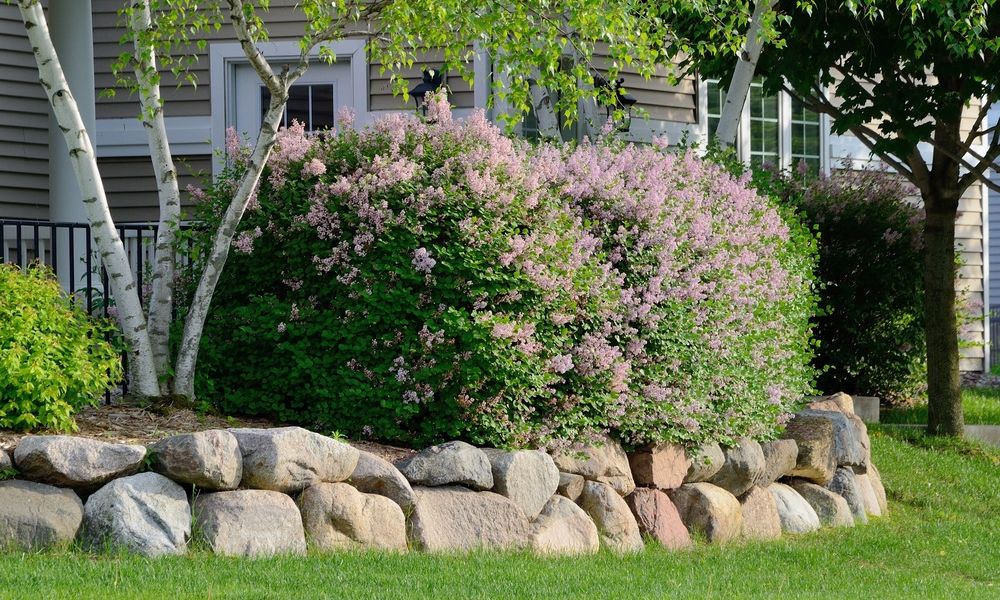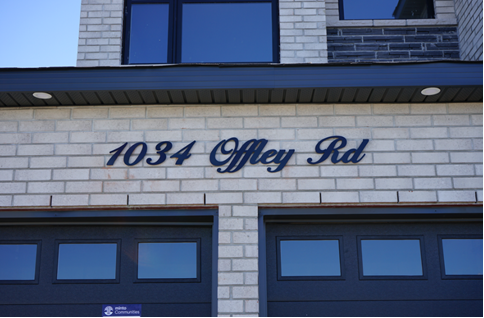Often, trimming a tree is vital. It promotes healthy growth and safety within your yard. However, this is something that you cannot do in excess. What’s more, this is a process that depends on several factors. How often do you need to prune trees depends on
- The type of trees you have
- Seasons
- The growth rate/stage
- Safety in your home
- Size of the tree and emergencies among other factors.
When pruning trees, keep in mind the type of tree you have in your residential or commercial property. Some tree types require pruning 2 or 3 times a year. Others require up to 5 pruning sessions a year. Similarly, during certain seasons, some trees grow taller than others. During the initial growth of your tree, you will also realize that certain tree types grow faster and require pruning at a tender age. In this case, you will have to prune your trees regularly.
Besides, if a tree grows fast and obstructs running of your day to day activities, pruning is essential. You can consult an arborist if you have already pruned your tree up to 3 times but it is still growing taller. Therefore, if you have different types of trees in your home, ensure that you keep your pruning to 2- 3 times a year.
Table of Contents
How Much Does A Trimming Service Cost?
Tree trimming costs depend on different factors and can range $ 75 to $ 1200. Generally, the cost will depend on
- The type of tree
- The size of the tree
- Location
- The size and number of branches that need to be trimmed
Any obstacles that are more likely affect the pruning process. This includes a fence, power lines, structures within, safety of your house and that of the arborist during pruning.
Your unique needs also determine the cost of pruning a tree. You may want to have a few or more branches removed from your tree, or maybe you want to get rid of a messy canopy or you just want to get a branch of the tree that is posing a health or safety hazard. In this case, an arborist will take into consideration your trimming preferences and ensure the job gets done professionally.
Based on the pruning time, the cost of trimming the tree may be high or low. Time requirement including emergencies is taken into consideration when trimming your tree.
The health of your tree also matters. A sick tree or a tree that has pests can be costly to trim. This is because of safety concerns for the arborist and that of the tree. It is risky and costly to prune a sick tree because the branches are weak.
What Happens If You Over Prune A Tree
When pruning a tree, it should be done carefully and safely. Over pruning a tree is not recommended. You should always manage the irresistible urge to get rid of entire canopies. Over pruning damages your tree and it can kill it in the long run. Over-pruning damages and reduces the tree’s foliage. This is the place where the tree makes food for the rest of the plant.
What’s more, over-pruning your tree exposes it to diseases and pests. You may have realized that plants tend to excessively sprout due to excess pruning. This is usually a natural way to protect the plant from pests, insects and diseases and to enhance food production.
Therefore, over-pruning makes the tree weak, it subjects it to disease-causing organisms and in the long run, the tree cannot tolerate harsh weather elements. Eventually, it breaks or dies.
Can You Kill The Tree From Over Pruning?
Yes, you can kill your tree from over-pruning. As mentioned above, over-pruning damages the tree’s foliage. Your tree will not be able to process enough food for its survival, it will be prone to diseases and other harsh environmental elements. Over time, the related stress kills the tree. For some trees, this can occur after a short span while for some, it can take a longer time for the tree to die.
What Pruning Styles Are There
There are different pruning styles. They range from decorative to functional styles. Understanding your pruning needs helps you to settle at the right pruning style. What’s more, it helps you to make informed decisions to avoid harming your trees. These styles include;
- Crown Reduction focuses on reducing the height of the tree and it involves cutting back top branches.
- Standard Pruning is a common and effective style that encourages healthy growth. It involves getting rid of sick or dead branches from the tree.
- Crown Raising involves enhancing your trees beginning point on the crown by trimming the bottom branches.
- Crown Thinning involves getting rid of branches on the crown to enhance light and air circulation.
- Peaching is a creative pruning strategy that promotes growth.
- Topping involves pruning all major branches to help the tree grow well.
- Topiary pruning is a style that gets rid of unwanted branches and shapes the tree into the desired shape.
Canopy Lift, Size Reduction ,Deadwooding & Tree Thinning
Copy reduction is a vital yet sensitive process. It reduces the trees canopy size by shortening the branches throughout and evenly. Often, it is a reshaping process that enhances the trees aesthetic appeal. While it may slow the growth rate, it also makes your tree more manageable. Therefore, it is vital if you are living in restricted areas as it makes the tree safer.
Crown thinning removes branches and inner limbs to keep the trees natural shape.







